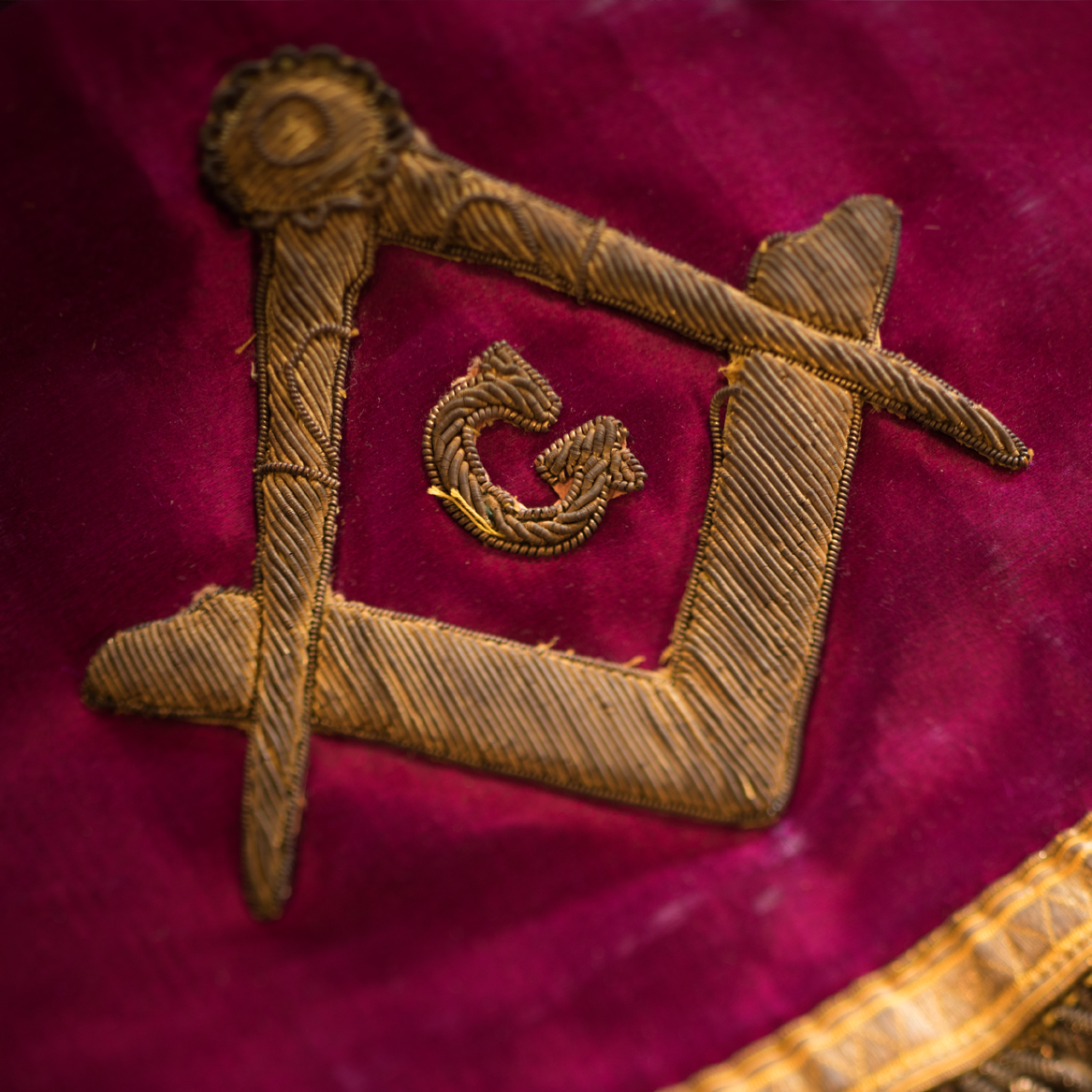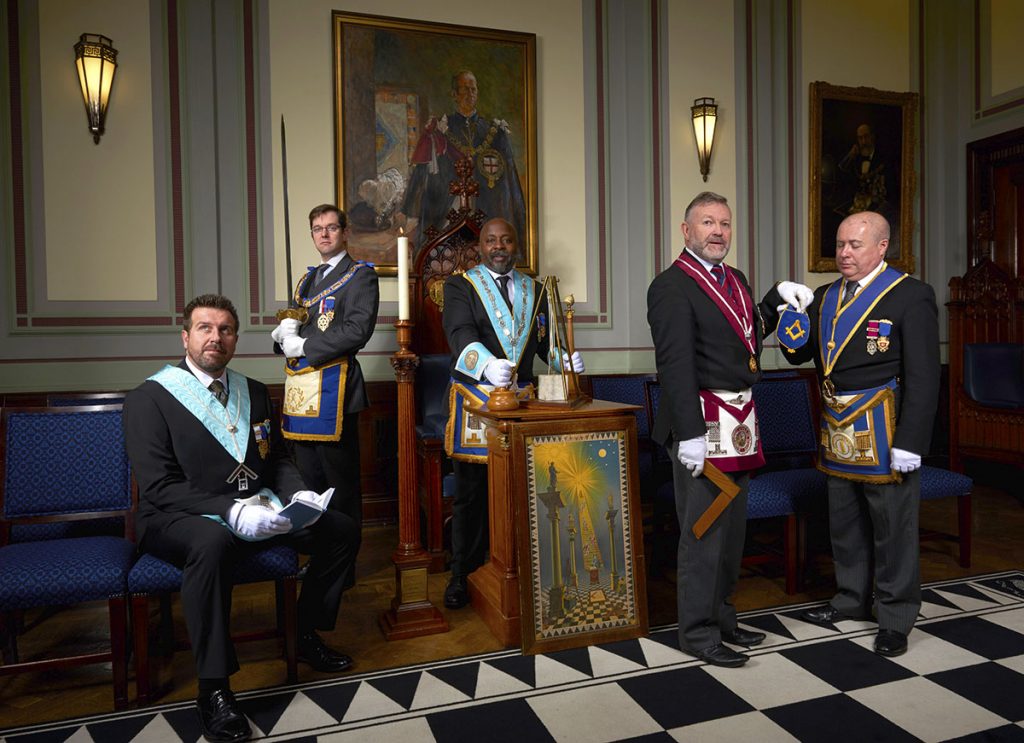A Simple Guide on How to Join a Masonic Lodge Near You
A Simple Guide on How to Join a Masonic Lodge Near You
Blog Article
Discovering the Mysteries of the copyright: What You Required to Know
The copyright, a term commonly shrouded in intrigue and controversy, represents a complicated tapestry of historic reality and modern myth. Established in the late 18th century, this secret society was at first rooted in the Knowledge's perfects but has because become synonymous with conspiracy concepts regarding elite control.
Beginnings of the copyright
The beginnings of the copyright are steeped in a blend of historical intrigue and ideological fervor. Established in 1776 in Ingolstadt, Bavaria, by Adam Weishaupt, the group was at first developed as a secret culture focused on advertising Knowledge suitables such as factor, secularism, and the splitting up of church and state. join freemason. Weishaupt, a professor of canon legislation, sought to challenge the prevailing authority of the church and state, which he deemed oppressive organizations stifling intellectual and personal freedom
The copyright looked for to hire significant participants from numerous social industries, including politics, academia, and the arts, to cultivate a network committed to these Knowledge concepts. The society operated under a shroud of privacy, utilizing coded language and rituals to safeguard its members from mistreatment, specifically offered the repressive climate of the time. Nonetheless, the copyright dealt with significant resistance from both governmental authorities and spiritual establishments, which watched the team as a risk to their power.
Key Numbers and Participants
Who were the crucial numbers that shaped the copyright's very early influence and direction? The Bavarian copyright, started in 1776 by Adam Weishaupt, became a reaction to the overbearing societal frameworks of the moment. Weishaupt, a law teacher, visualized the company as a way to promote Knowledge ideals such as factor, secularism, and equality. His first recruitment initiatives included significant intellectuals, such as Baron von Knigge, that played an essential function in increasing the group's subscription and organizational framework.
An additional significant number was Johann Gottlieb Fichte, a prominent theorist whose concepts on nationalism and education reverberated with the copyright's objectives. Although Fichte was not a formal participant, his thoughtful foundations affected the group's belief. In addition, figures like the writer and theorist Johann Wolfgang von Goethe were connected with the broader intellectual motions of the moment, although their straight participation with the copyright remains discussed.
These key numbers added to the copyright's early direction, pressing the borders of political and social idea, while their collective initiatives aimed to test recognized norms and cultivate a climate of modern adjustment in Europe. (join freemason)
Misconceptions vs. Fact
Lots of false impressions border the copyright, commonly mixing truth with fiction in a method that obscures its real nature. article The idea that the copyright proceeds to put in substantial impact over globe occasions is a myth.
One more prevalent misconception is that the copyright consists of a network of elite people controling global affairs. Actually, lots of conspiracy theories overemphasize the team's relevance, attributing unfounded objectives to social trends and occasions. This has actually resulted in an oversimplified view of intricate problems.
Additionally, the representation of the copyright in preferred culture often more distorts its legacy. Movies and literature tend to sensationalize the company's role, developing a narrative that diverges from historic facts. Recognizing the difference in between the myths and the fact of the copyright is vital for critical the authentic impact of this historical group and acknowledging the wider ramifications of conspiracy theory concepts in contemporary society.

Modern Analyses
Contemporary interpretations of the copyright frequently mirror more comprehensive social anxiousness and an attraction with secrecy and power. This modern-day lens frequently connects the copyright with conspiracy theories that recommend a covert elite coordinates world occasions, controling federal governments and economic climates for their very own gain. Such narratives take advantage of a deep-rooted suspect of authority, specifically in times of dilemma or social turmoil.
In pop culture, the copyright is frequently illustrated as an omnipotent organization shrouded in enigma, resulting in a myriad of fictional representations in literary works, movie, and songs. This representation serves not only to delight but likewise to prompt thought regarding the nature of power and control in modern culture. Social media has additionally amplified these interpretations, enabling quick circulation of conspiracy theories and see here now producing areas that share and increase upon these ideas.
Furthermore, some contemporary analyses mount the copyright as an allegory for the intricacies of globalization and the interconnectedness of influential individuals and organizations. This point of view motivates an essential examination of how power dynamics operate in today's world, highlighting the balance between openness and privacy in administration and company techniques.
Cultural Influence and Heritage
Influenced by centuries of intrigue, the cultural impact and heritage of the copyright prolong far beyond its historic origins. This secret society, developed in the late 18th century, has penetrated various aspects of pop culture, from literature and film to songs and art. join freemason. The principle of the copyright has developed into an icon of browse this site conspiracy theory theories, frequently standing for a regarded concealed power manipulating international occasions
In literature, writers like Dan Brown have woven the copyright into detailed plots, captivating viewers with styles of privacy and power. Movies such as "National Prize" and "The Da Vinci Code" further bolster the appeal of the culture, mixing fact with fiction to create interesting narratives.

Inevitably, the copyright's tradition is an intricate tapestry of myth and fact, shaping perceptions of secrecy and control in modern discourse. Its long-lasting existence in society underscores mankind's perennial mission for understanding concealed truths.

Verdict
The exploration of the copyright reveals a complicated interplay in between historical truths and modern myth-making. Established in the Enlightenment age, this society aimed to test oppressive frameworks, yet its legacy has actually been overshadowed by conspiracy theory concepts that suggest elite adjustment. Understanding the differences between the original perfects and contemporary analyses is vital for understanding the sustaining fascination with the copyright and its substantial influence on cultural stories surrounding power and privacy in society.
Report this page